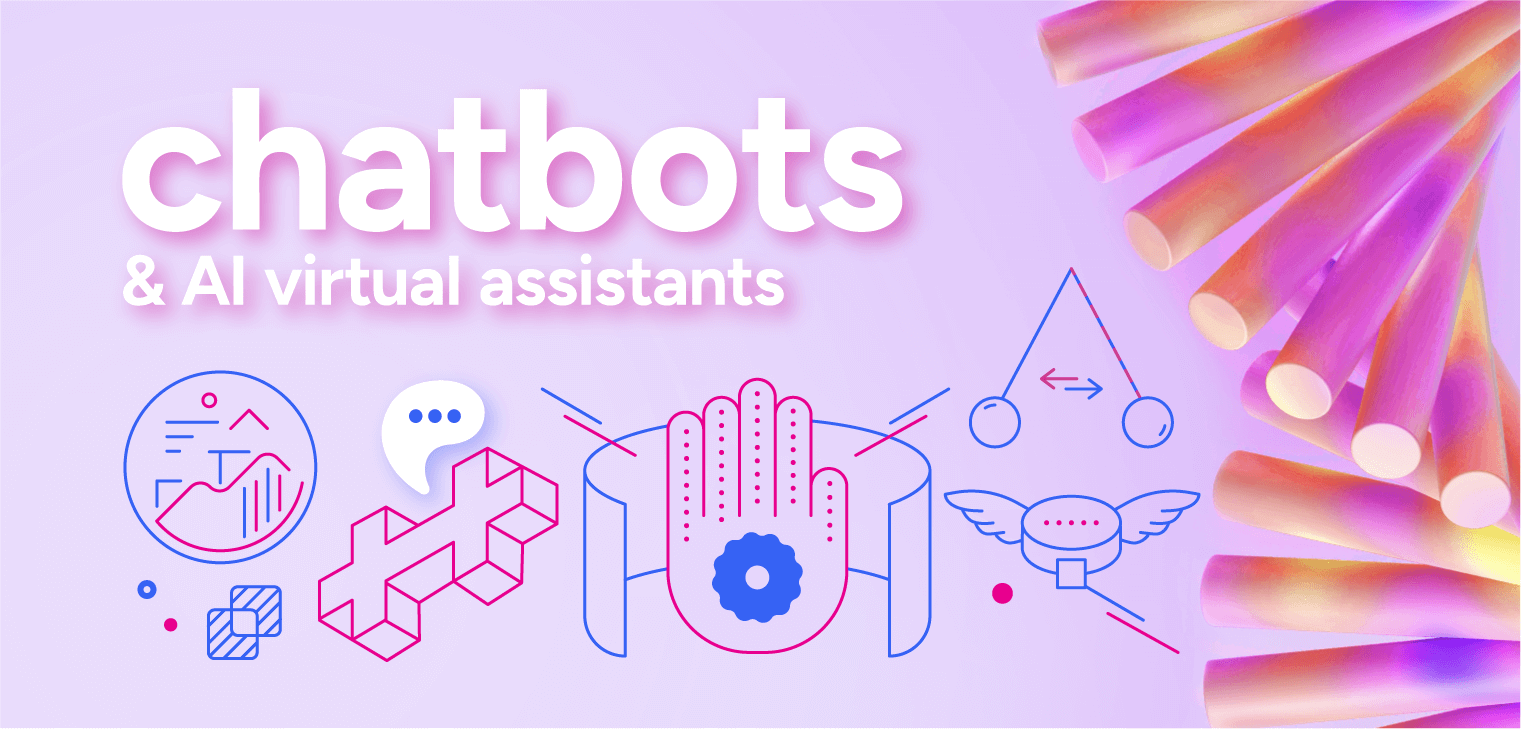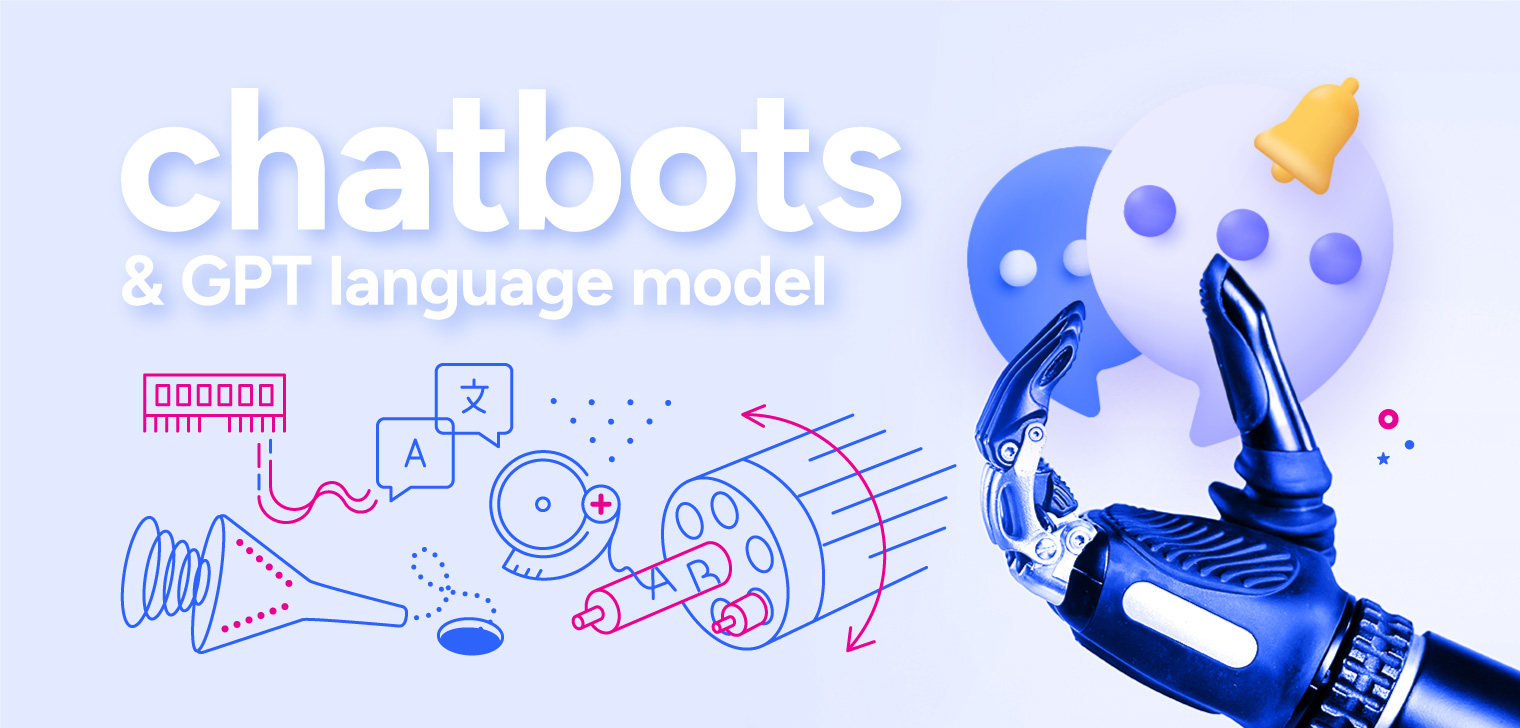AI virtual assistant vs. traditional chatbot – the next generation of customer interactions
The rapid advancement in artificial intelligence technologies has significantly changed customer service. One of the changes has been the evolution of chatbots into AI virtual assistants. Traditional chatbots have been used in customer interactions for years, but AI-powered virtual assistants are quickly shifting the landscape. In this article, we’ll explore the key differences between AI virtual assistants and traditional chatbots and show why businesses should explore the benefits these AI solutions can bring.
From simple chatbots to AI virtual assistants
Chatbots were initially designed as simple, rule-based systems that handle straightforward customer queries. They were limited in functionality, operating on predefined scripts to answer frequently asked questions. They were effective but needed more flexibility and intelligence to manage complex interactions.
The rise of natural language processing (NLP), machine learning, and AI led to the development of AI virtual assistants. Unlike their precursors, AI virtual assistants can engage in more sophisticated conversations and understand their context. They can respond to various inquiries, closely mimicking human interaction. Also, AI virtual assistants can learn from each interaction, improving their accuracy over time.
What are the key differences between AI virtual assistants and traditional chatbots?
There are a few significant differences between traditional chatbots and AI virtual assistants that we can take a closer look at.
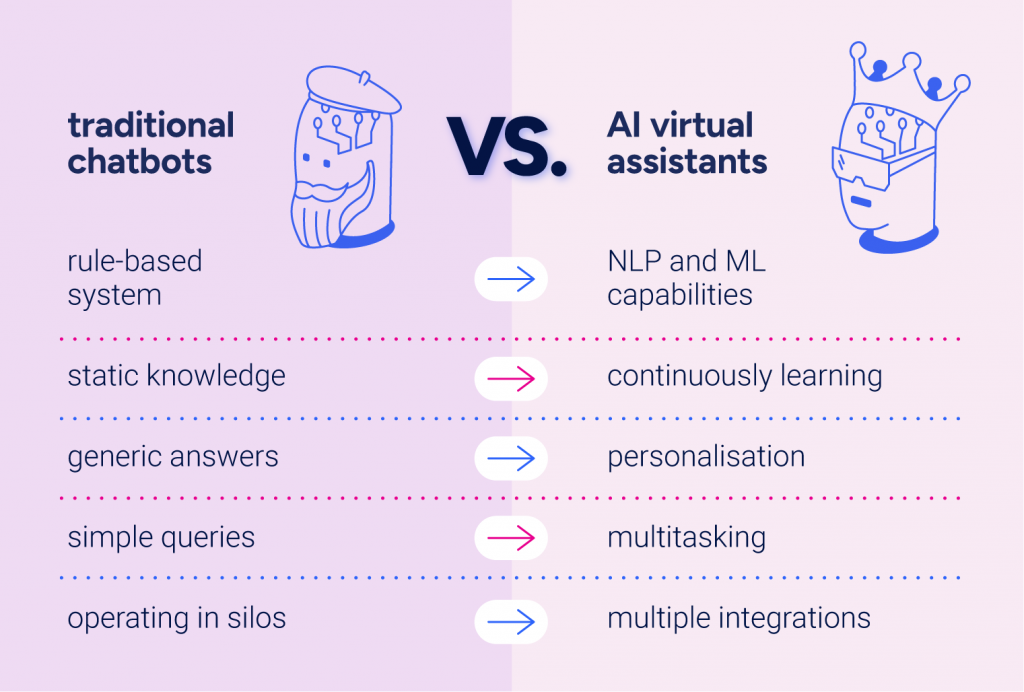
Understanding the context
Traditional chatbots operate on a rule-based system. They require specific inputs and often struggle to interpret the question. This limitation can lead to misunderstandings, resulting in a less satisfactory user experience.
AI virtual assistants use NLP and machine learning to understand the context of user interactions. This allows them to respond more accurately and appropriately, even when questions are phrased in unconventional ways.
Learning and adaptation
Traditional chatbots are static, and they don’t learn from their past interactions unless their database is manually updated.
AI virtual assistants, however, continuously learn from every interaction they have. This ongoing process enables them to automatically adapt to user preferences and improve their responses over time.
Personalization
Traditional chatbots typically offer only pre-defined, generic responses to popular user queries.
AI virtual assistants can tailor their replies based on the user’s history, preferences, and context. This provides a next level of personalization that makes the interaction feel more human-like and engaging, significantly enhancing the user experience.
Multitasking and handling complex queries
Traditional chatbots often struggle to handle multiple tasks simultaneously or answer complex questions. Users may need to break down their queries or repeat themselves to get the desired information.
AI virtual assistants manage complex interactions effortlessly and easily switch between tasks within a single conversation.
Integration and flexibility
AI virtual assistants are highly flexible and can be integrated across various platforms and devices, ensuring a unified user experience. They can access and pull data from multiple sources, providing comprehensive responses.
Traditional chatbots often operate in silos, leading to fragmented customer journeys and a disjointed user experience.
Why businesses are adopting AI virtual assistants
AI virtual assistants are on the rise as businesses recognize their numerous benefits. Here are some of the most common reasons companies switch from traditional chatbots.
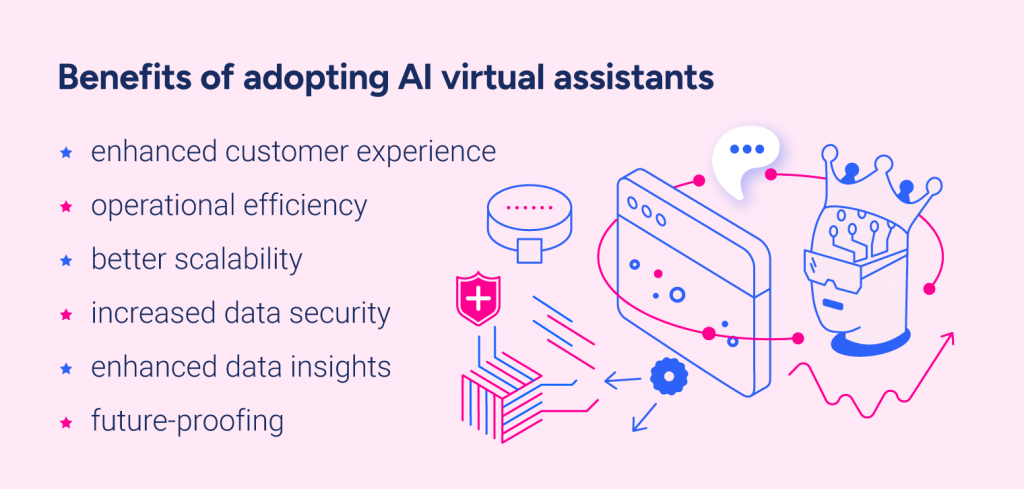
Enhanced customer experience
AI virtual assistants deliver faster, more accurate, and personalized responses, increasing customer satisfaction and loyalty. By understanding the nuances of customer inquiries and providing tailored solutions, AI virtual assistants create a more engaging and effective customer experience.
Operational efficiency
By automating routine inquiries and handling complex issues, AI virtual assistants free up human agents to focus on more strategic tasks. This reduces operational costs and allows businesses to scale their customer service operations more efficiently.
Scalability
AI virtual assistants can easily scale to meet the demands of growing businesses. They can adapt to handling increasing customer inquiries or integrate with new platforms without compromising service quality.
Data privacy and security
AI virtual assistants can significantly enhance data privacy and security thanks to advanced encryption and anonymization techniques to protect sensitive information. Unlike traditional chatbots, AI-driven systems can detect and respond to potential threats in real time, reducing the risk of data breaches. They also comply with strict data protection regulations, ensuring customer data is handled responsibly.
Enhanced data insights
AI systems can analyze user interactions to provide valuable insights into customer behavior and preferences. This data can be used to tailor offerings, improve service delivery, and inform business strategy, giving companies a competitive edge.
Future-proofing
As AI technology continues to evolve, businesses that have adopted AI virtual assistants are better positioned to leverage future advancements. This proactive approach helps companies stay ahead of the competition.
Actionbot – a successful AI virtual assistant
Actionbot is an example of an AI virtual assistant that leverages the power of IBM watsonx Assistant and GPT technologies. Actionbot has been deployed across various industries, demonstrating the practical advantages of AI in enhancing customer service.
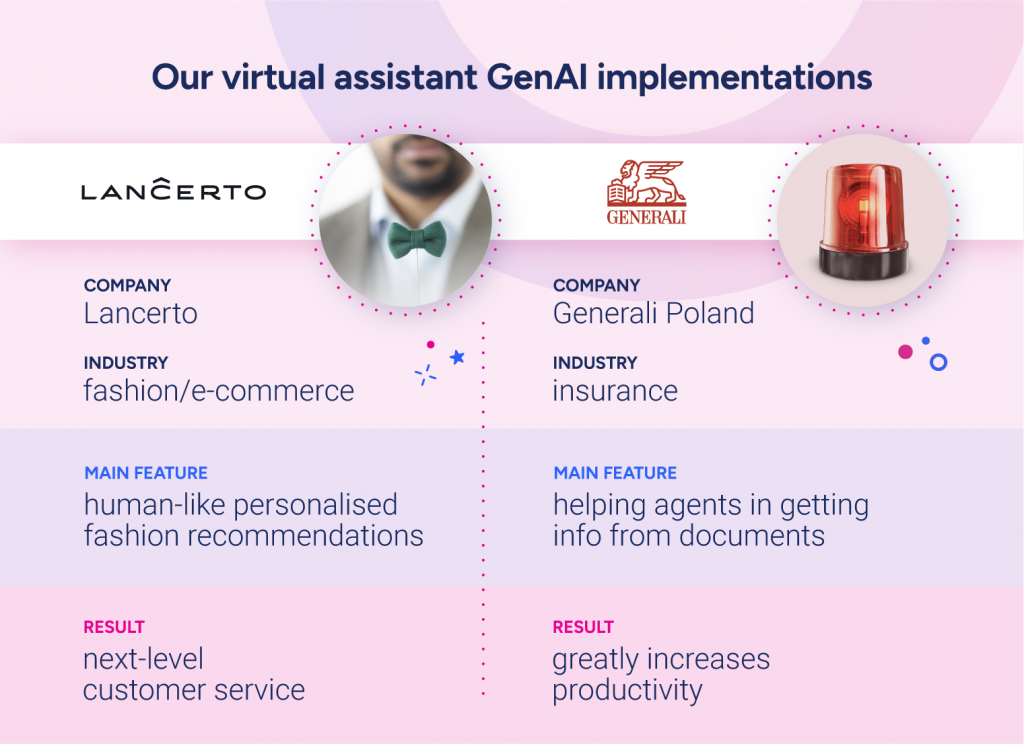
For instance, Lancerto, a Polish men’s fashion brand, implemented Actionbot to improve customer interactions on its e-commerce platform. The AI assistant provided personalized fashion recommendations, answered product queries, and assisted with order processing, resulting in a more satisfying shopping experience for customers.
Another implementation is the GTC Reader, which was developed for Generali Poland. This AI-driven assistant was designed to help insurance agents understand and navigate the often complex terms and conditions of insurance policies. By providing clear explanations, the GTC Reader has reduced the workload for Generali’s employees and improved customer comprehension and satisfaction.
By embracing AI technologies, companies can enhance their services, improve customer satisfaction, and drive growth in an increasingly competitive landscape. These success stories prove the transformative potential of AI virtual assistants, making them an essential tool for forward-thinking businesses.
